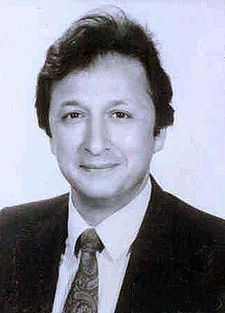Year: 2004
In a subsequent article, i.e. Part II of the present work, we have established that the quantum m?ltiplier taking place next to the Planck Constant, in this relationship, turns out to be the ratio of the internuclear distance of the molecule at the given excited state, to the internuclear distance of the molecule at the ground state, provided that these states are configured similarly. Furthermore based on the analysis of H2 spectroscopic data, we found out that the ambiguous states of this molecule are configured like the ground states of alkali of hydrides, and the ground state of Li2, respectively. Conversely, this suggests that, we can describe, the ground state of any of these molecules, on the basis of an equivalent H2 excited state.
Via this interesting finding, herein we propose to associate the quantum multiplier in question , with the bond's electrons of the ground state of any diatomic molecule belonging to a given chemical family, in reference to the ground state of the diatomic molecule, still belonging to this family, bearing the lowest classical vibrational period, since the proportionality constant, depending only on the electronic configuration, will accordingly stay nearly constant, throughout.
This allows us to draw a whole new systematization of diatomic molecules, given that the proportionality constant appearing in the above relationship, being purely dependent on just the electronic structure of the molecule, stays constant for chemically alike molecules.
Thus, our approach discloses a simple architecture about diatomic molecules, otherwise left behind a much too cumbersome quantum mechanical description. This architecture, telling how vibrational period of time, size, and mass are installed; is Lorentz invariant, and can be considered as the mechanism about the behavior of the quantities in question, in interrelation with each other, when the molecule is brought to a uniform translational motion, or transplanted into a gravitational field, or in fact any field it can interact with.


